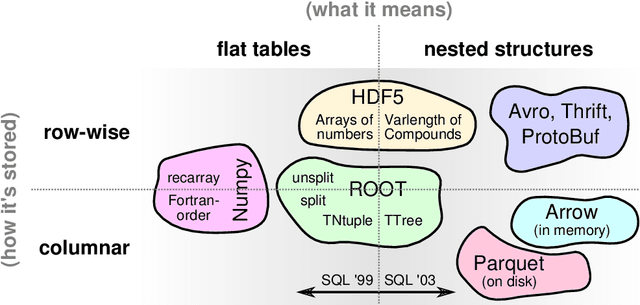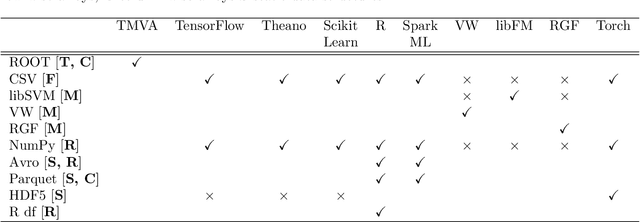Kim Albertsson
Towards Fast Displaced Vertex Finding
Oct 23, 2019



Abstract:Many Standard Model extensions predict metastable massive particles that can be detected by looking for displaced decay vertices in the inner detector volume. Current approaches to search for these events in high-energy particle collisions rely on the presence of additional energetic signatures to make an online selection during data-taking, as the reconstruction of displaced vertices is computationally intensive. Enabling trigger-level reconstruction of displaced vertices could significantly enhance the reach of such searches. This work is a first step approximating the location of the primary vertex in an idealised detector geometry using a 4-layer dense neural networks for regression of the vertex location yielding a precision of $O(1\ \mathrm{mm})$ [$O(20\ \mathrm{mm})$] RMS in a low [high] track multiplicity environment.
Machine Learning in High Energy Physics Community White Paper
Jul 08, 2018


Abstract:Machine learning is an important research area in particle physics, beginning with applications to high-level physics analysis in the 1990s and 2000s, followed by an explosion of applications in particle and event identification and reconstruction in the 2010s. In this document we discuss promising future research and development areas in machine learning in particle physics with a roadmap for their implementation, software and hardware resource requirements, collaborative initiatives with the data science community, academia and industry, and training the particle physics community in data science. The main objective of the document is to connect and motivate these areas of research and development with the physics drivers of the High-Luminosity Large Hadron Collider and future neutrino experiments and identify the resource needs for their implementation. Additionally we identify areas where collaboration with external communities will be of great benefit.
 Add to Chrome
Add to Chrome Add to Firefox
Add to Firefox Add to Edge
Add to Edge